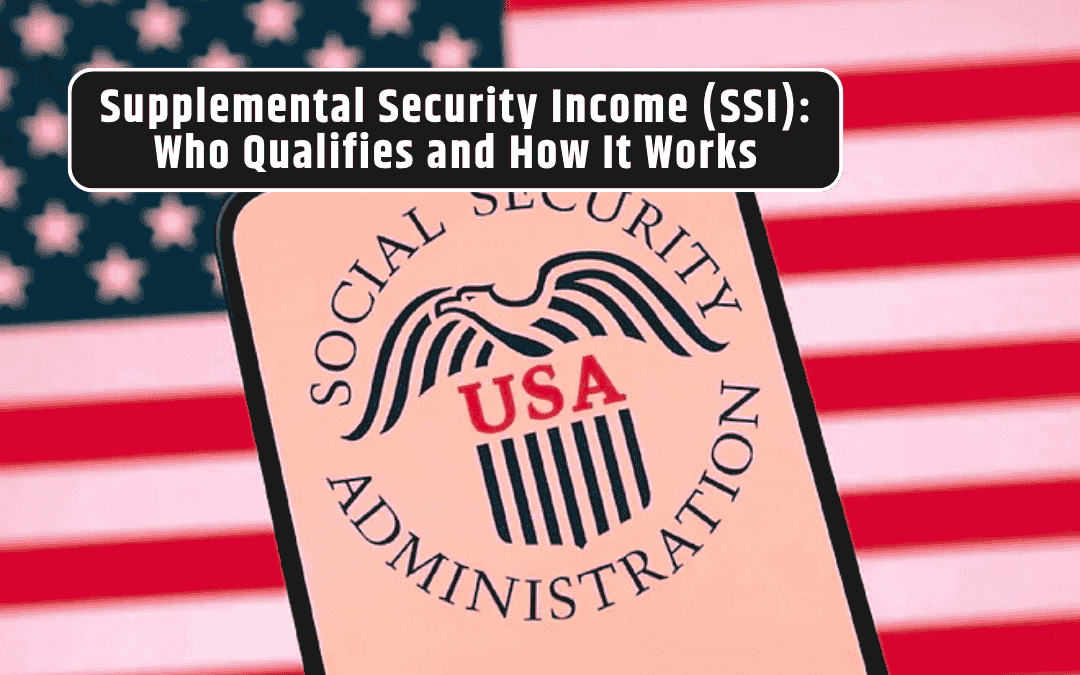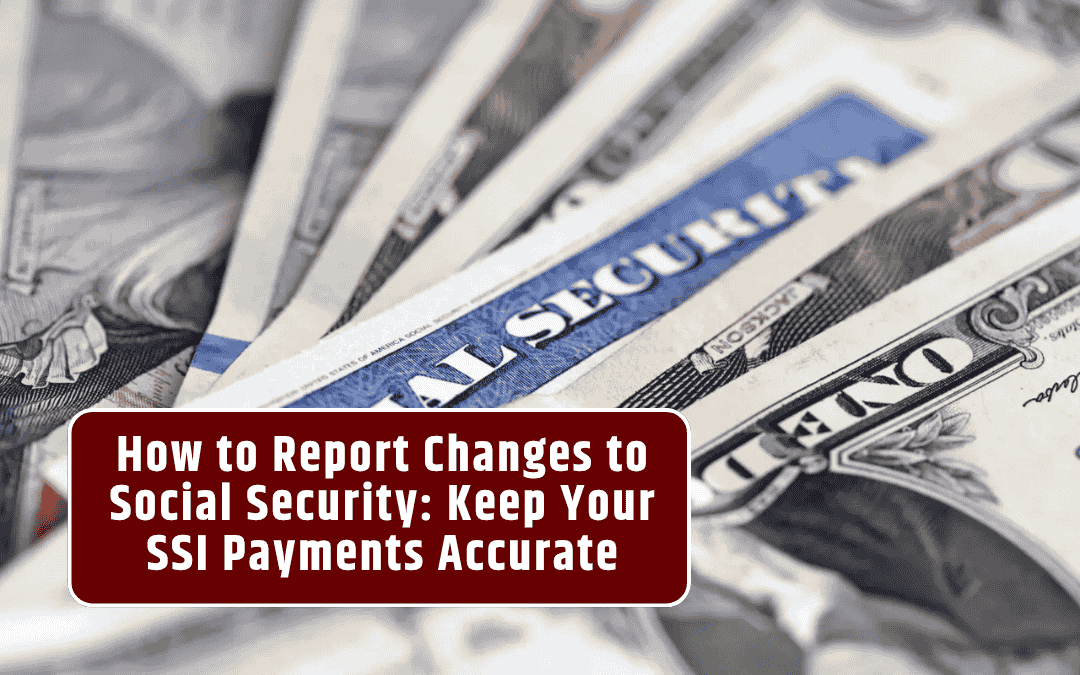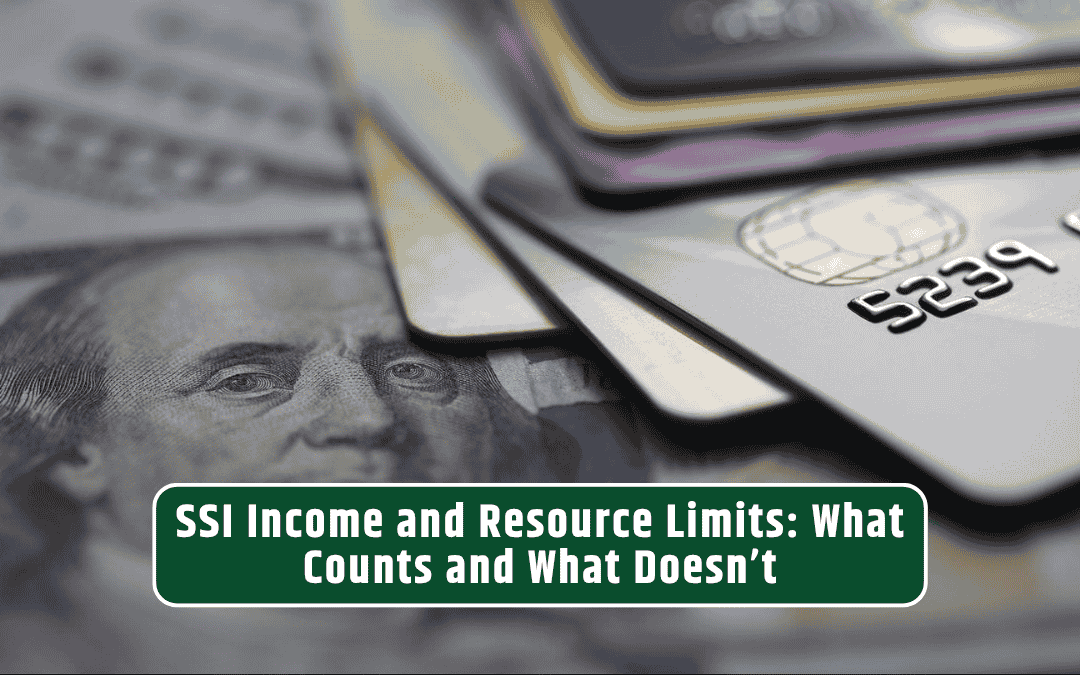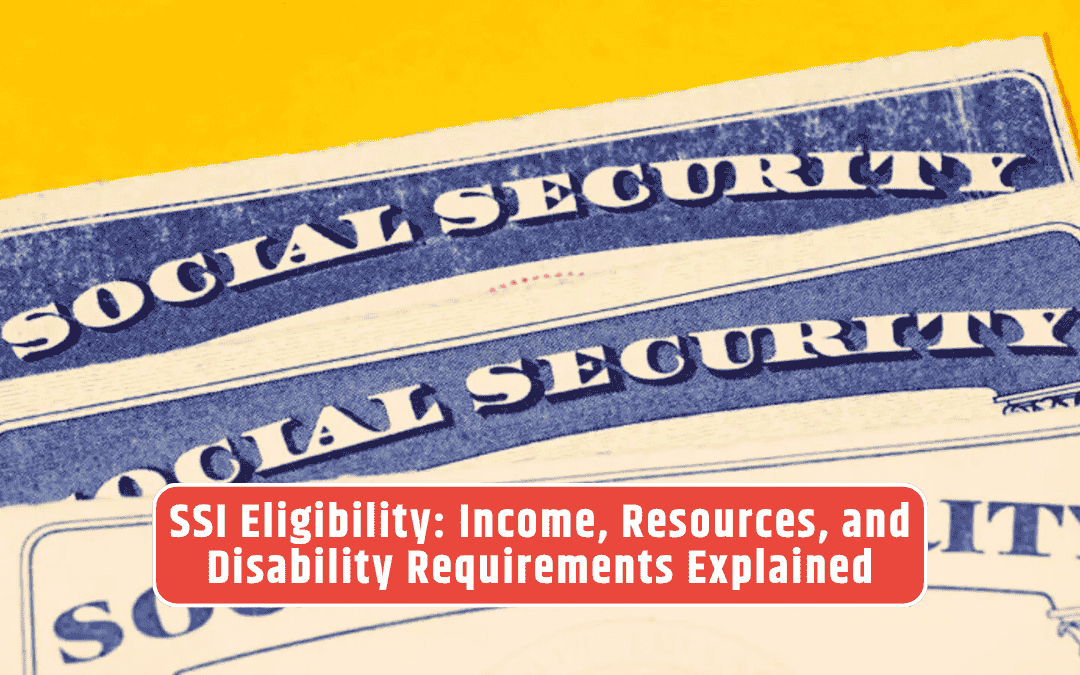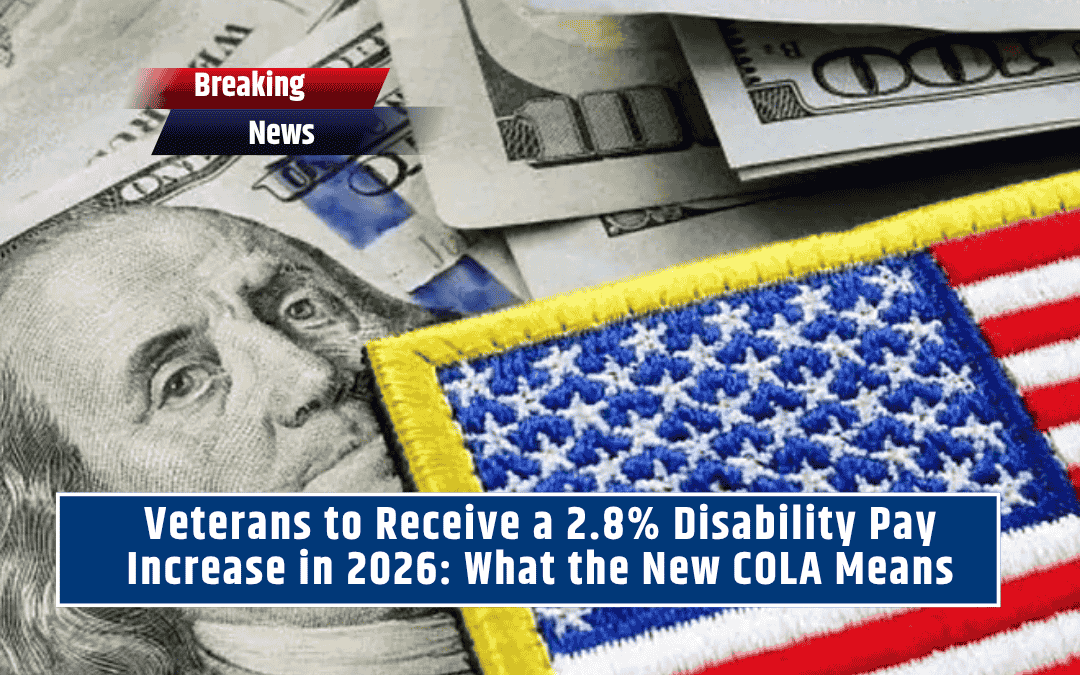The Supplemental Security Income (SSI) program provides monthly payments to help people with limited income and resources meet basic living needs.
Adults and children may qualify for SSI if they have little or no income, few financial resources, and meet one of the following criteria: they are age 65 or older, blind, or disabled.
SSI is designed as a safety net for individuals who may not have enough work history to qualify for traditional Social Security benefits. It ensures that the most vulnerable Americans have access to financial assistance for essentials such as food, clothing, and shelter.
If you’re unsure whether you qualify, you can use the SSA’s eligibility screening tool on ssa.gov/ssi to find out if you might be eligible.
How Much You Could Receive
Your monthly SSI payment depends on several factors, including your income, living situation, and the value of the resources you own. The federal maximum benefit changes annually and may be supplemented by your state, which can add additional funds to your monthly check.
In 2025, for example, the federal maximum is $967 per month for an individual and $1,450 for an eligible couple. However, your actual payment could be lower or higher depending on your specific circumstances.
You can learn more about the payment rates and how they’re calculated at ssa.gov/ssi/text-benefits-ussi.htm.
Reporting Changes in Income or Living Situation
To keep your benefits accurate, you must report any changes to your income, resources, or living arrangements each month. These include new wages, financial gifts, or moving to a new address. Failing to report changes can lead to incorrect payments, overpayments, or even temporary suspension of benefits.
You can easily report changes through your my Social Security account, by using the SSI Mobile Wage Reporting app, or by contacting your local Social Security office. The SSA recommends reporting changes as soon as possible to avoid any disruption in your monthly payments.
Learn more about reporting requirements at ssa.gov/ssi/reporting.
Programs That Can Help While on SSI
In addition to monthly SSI payments, beneficiaries may qualify for other federal and state assistance programs designed to reduce living expenses and improve quality of life. These include:
- Supplemental Nutrition Assistance Program (SNAP): Helps buy groceries and essential food items.
- Medicaid: Provides access to free or low-cost healthcare, prescriptions, and long-term care.
- Low Income Home Energy Assistance Program (LIHEAP): Helps cover heating and utility bills.
- Housing assistance programs: May help pay rent or provide access to affordable housing options.
Many states automatically connect SSI recipients with these programs, but you can also apply directly through your local Department of Social Services.
Staying Informed and Managing Benefits
The best way to manage your SSI benefits is to stay informed and proactive. Creating a my Social Security account at ssa.gov/myaccount allows you to review payment information, report updates, and access important notices quickly and securely.
SSI provides more than just financial assistance—it offers a foundation for independence and stability for millions of Americans. By understanding how the program works and taking advantage of additional support programs, recipients can make the most of the benefits available to them.
FAQs
Who is eligible to receive Supplemental Security Income (SSI)?
Adults and children may be eligible for SSI if they have little or no income, limited resources, and meet at least one of the following conditions: they are age 65 or older, blind, or have a qualifying disability. Eligibility is based on financial need rather than work history or Social Security tax contributions.
How much money can I receive from SSI each month?
The amount you receive depends on your income, living situation, and resources. In 2025, the federal maximum is $967 per month for individuals and $1,450 for eligible couples, though your actual payment may vary. Some states provide additional supplemental payments that can increase your monthly amount.
Do I need to report changes to my income or living situation?
Yes. You must report any changes in income, resources, or living arrangements every month. This includes new wages, financial gifts, or moving to a new home. Reporting helps prevent overpayments or benefit delays. You can report changes through your my Social Security account, the SSI Mobile Wage Reporting app, or your local SSA office.
What other assistance programs are available to SSI recipients?
SSI beneficiaries may also qualify for programs such as Medicaid, the Supplemental Nutrition Assistance Program (SNAP), housing assistance, and energy assistance through LIHEAP. These programs help cover essential needs like healthcare, food, and utilities while on SSI.
How do I check my SSI benefits or payment schedule?
You can check your SSI benefit details, payment schedule, and report updates online through your secure my Social Security account at www.ssa.gov/myaccount. Creating an account helps you stay informed and manage your benefits easily and safely.
Does SSI automatically include Medicaid eligibility?
In most states, SSI recipients automatically qualify for Medicaid, which provides free or low-cost healthcare coverage. However, eligibility rules vary by state, so beneficiaries should check with their local Social Security or Medicaid office for confirmation.
